Newsletter
Why Older Condo Buildings Require Fan Coil Unit Replacement.
Who Should Care for the Air You Breathe?
Responsibilities for Property Managers, Individual Owners, and Condo Boards.

Owning a condominium offers convenience and community, but managing the HVAC system can be a daunting task. At Inner-Cool Systems we understand the unique challenges that come with condo living, and we're here to provide tailored solutions to keep your HVAC system running smoothly.
Identifying Common Condo HVAC Challenges
As specialists in condo HVAC services, we've encountered a range of common issues that condo residents face. Here are some of the most frequent problems we hear about:
Noisy HVAC Systems: Rattling, humming, or clanking noises from HVAC units can disrupt peace and quiet within the condo. These sounds not only cause a disturbance but also indicate potential underlying issues that need attention.
Inconsistent Temperature Control: Many condo owners struggle with maintaining consistent temperatures throughout their units. Whether it's hot spots in one room and cold drafts in another, achieving optimal comfort can feel like an uphill battle.
Poor Air Quality: Dust, allergens, and stale air can accumulate within condo units, leading to respiratory issues and discomfort among residents. Improving air quality is crucial for creating a healthy living environment.
Once you know the common problems associated with a faulty HVAC system, it is the responsibility of all members to acknowledge them and create a plan to get it fixed. It is important to keep up to date with maintenance to ensure your comfort and health is well-kept.

Our Tailored HVAC Solutions
Inner-Cool Systems offer a comprehensive range of products designed specifically for condominiums. Here's how we address the common challenges mentioned above:
Customized Repairs and Troubleshooting: Our experienced technicians specialize in diagnosing and repairing condo HVAC systems. From in-suite repairs to troubleshooting complex issues, we have the expertise to get your system back on track.
Efficient Retrofit and Upgrades: Outdated HVAC systems can struggle to meet modern comfort standards. We offer efficient retrofitting and upgrade solutions tailored to condo spaces, ensuring optimal performance and energy efficiency.
Professional Maintenance and Inspections: Preventive maintenance is key to extending the lifespan of your HVAC system and minimizing unexpected breakdowns. Our annual maintenance packages include thorough inspections, cleaning, and tune-ups to keep your system in peak condition year-round.
Specialized Services for High-Rise Mechanical Systems: Condo buildings with high-rise mechanical systems require specialized attention. Our team is equipped to handle complex HVAC installations, repairs, and maintenance for multi-level buildings.
Partner with Us for Comfort and Peace of Mind
At Inner-Cool Systems, we're committed to providing exceptional service and support to condo residents and property managers. With our expertise and dedication to customer satisfaction, you can trust us to resolve your condo HVAC challenges promptly and effectively.
Contact us today to schedule a consultation and discover how we can elevate your condo living experience with reliable solutions tailored to your needs.
Unlocking Efficiency with Intelligent Thermostats
Elevating HVAC Experiences

At the core of the user experience with a Fan Coil system lies a crucial component: the smart thermostat. This device not only controls room temperature but also serves as a powerful tool for comfort and energy efficiency. In this article, we'll explore how an easy-to-use and accessible smart thermostat enhances the user experience and contributes to the optimal performance of our Fan Coil Systems.
At Inner Cool Systems, we stay at the forefront by constantly updating the best technology to bring it to your home, all backed by the necessary operation certificates for seamless use.
Intuitive Interface for Effortless Experience
Usability is key when it comes to a smart thermostat. An intuitive interface design allows users to adjust the temperature and configure preferences with ease. Accessibility translates to a seamless experience, ensuring that anyone, regardless of their familiarity with technology, can effectively control the thermal environment

Customized Programming to Suit Routines
The ability to program the smart thermostat based on daily routines is a standout feature. Users can set specific schedules to adjust the temperature, optimizing energy consumption when most needed. This flexibility provides complete control over the indoor climate, adapting to changing needs throughout the day.
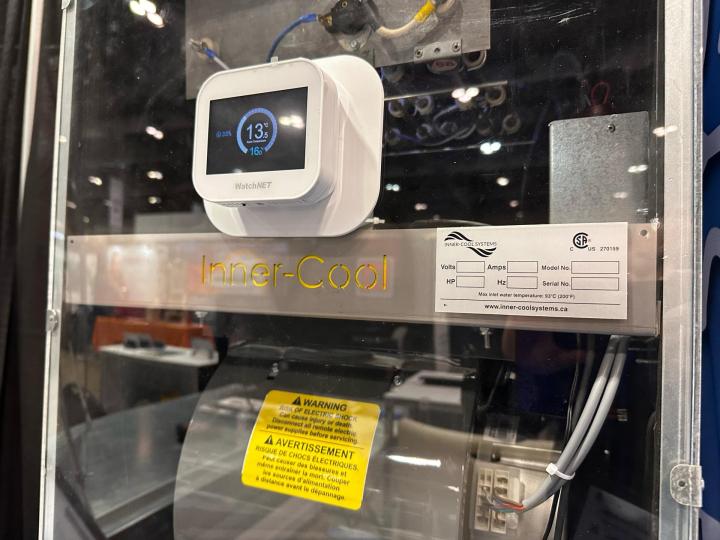
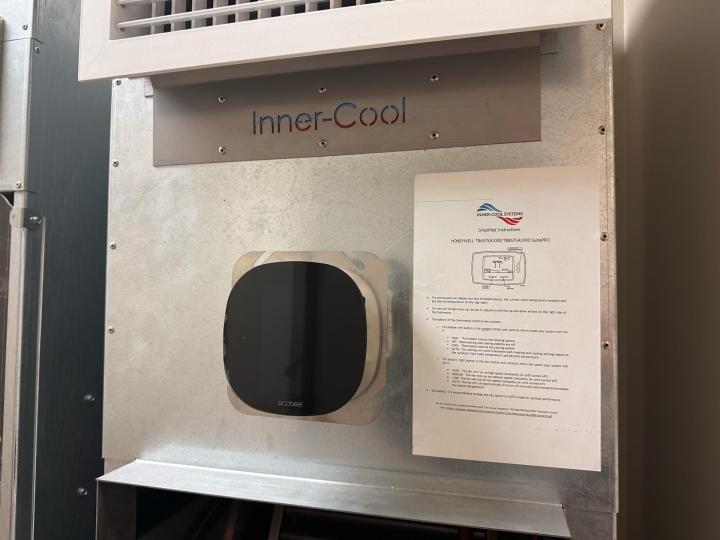
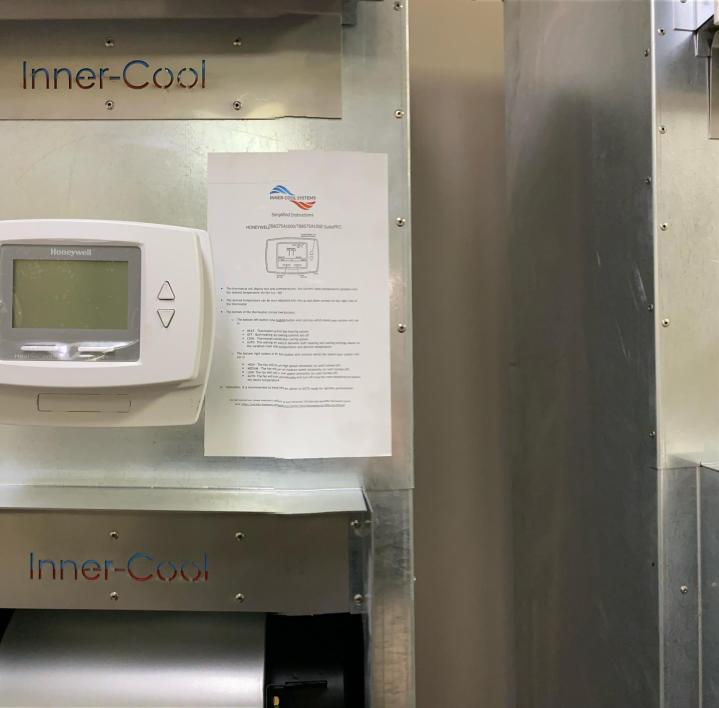
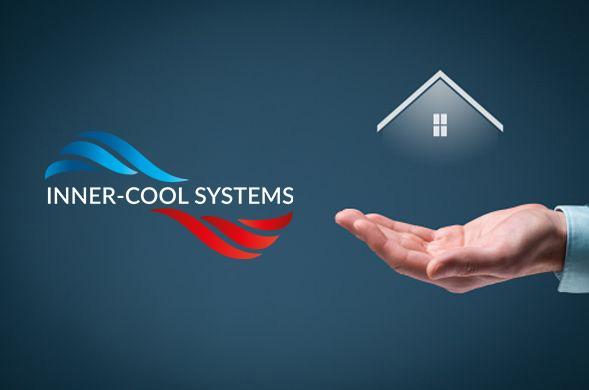
Remote Connectivity for Control from Anywhere
The true magic of the smart thermostat lies in its remote connectivity. The ability to control the Fan Coil system from anywhere via a mobile app adds an unparalleled level of convenience. Whether adjusting the temperature before arriving home or checking the status while away, remote connectivity offers total control over the thermal environment.
Integration with Voice Assistants for Added Convenience
Integration with voice assistants like Alexa or Google Assistant adds an extra layer of convenience. Users can control the Fan Coil system simply by issuing voice commands, eliminating the need to interact directly with the thermostat. This hands-free functionality is a perfect example of how technology can make climate management even easier and more accessible.
Elevating User Experience and Energy Efficiency
In conclusion an Easy-to-Use and Accessible Smart Thermostat not only Simplifies Thermal Control but also Elevates the User Experience with our Fan Coil Systems. From the Intuitive Interface to Remote Connectivity and Integration with Voice Assistants, Each Feature Combines to Provide Unparalleled Comfort and Energy Efficiency. By Placing Control in the Hands of Users in an Accessible Manner, we are Taking a Crucial Step Towards Optimizing the Performance of Climate Control Systems. We Understand that Each Case is Unique, and That's Why We Don't Forget the Standard Foundations, Allowing Us to Offer Anything from a Completely Standard Range to Cutting-Edge Intelligent Solutions. We Tailor Our Approach to Your Needs and Provide Accessibility for Your Choices. At Inner Cool Systems, Understanding the Needs of Our Customers is Important to Generate Proposals that Bring You Comfort Without Worry. That's Why Throughout Our Processes, You'll Find that We Offer Guarantees, Allowing You to Experience Comfort not only in Your Installation but also in Your Wallets.
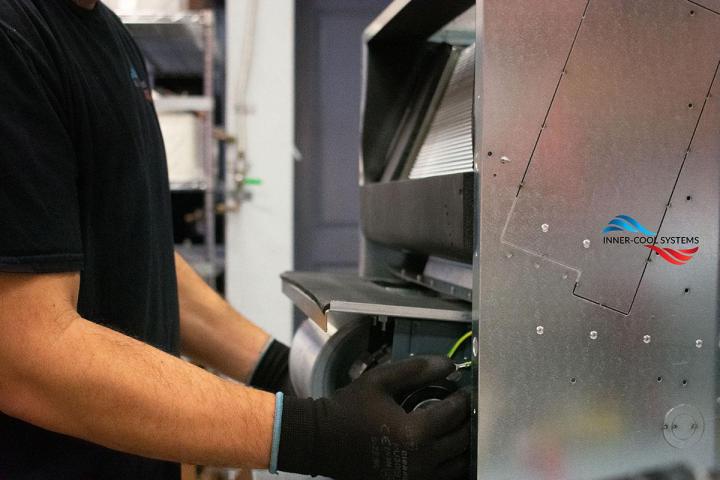
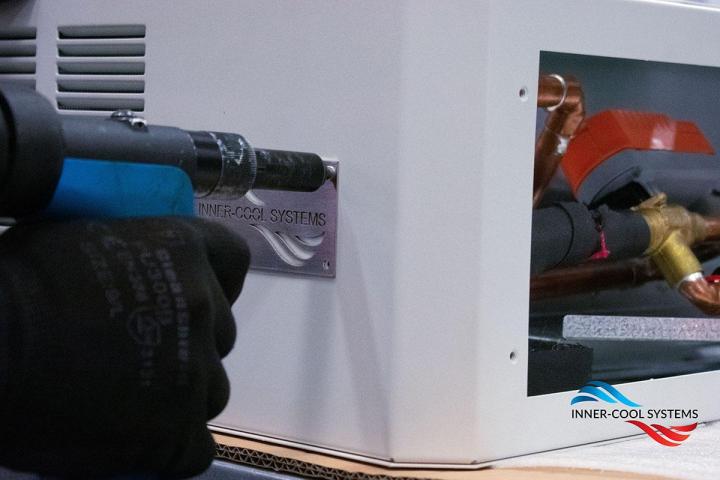
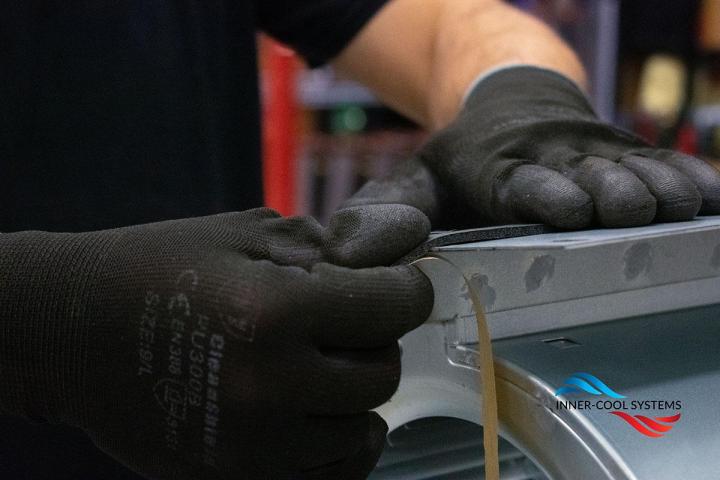
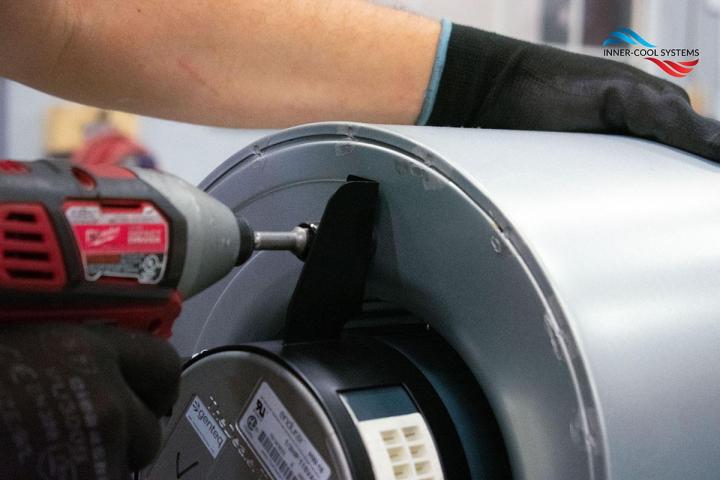
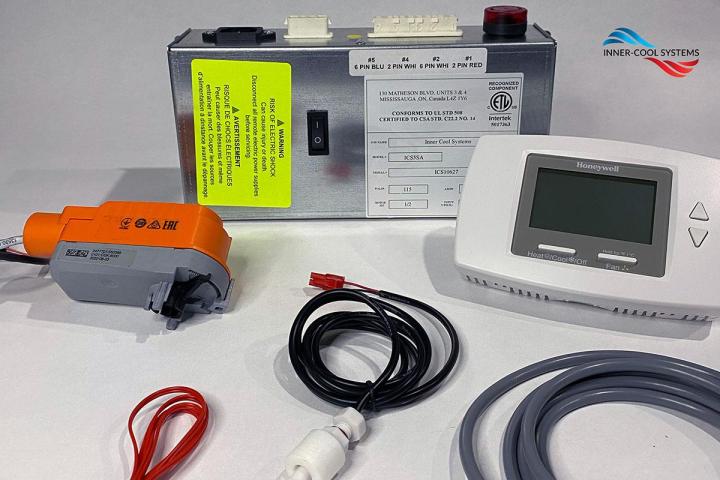

What's is a Fan Coil System?
Essentially, it is a vital component in HVAC (Heating, Ventilation, and Air Conditioning) systems found in homes and residential spaces. Its primary function is to regulate temperature and enhance the quality of the air we breathe at home.
The Fan Coil System is a cooling system used in many commercial and residential buildings to regulate temperature and humidity indoors. However, if proper maintenance is not performed or Fan Coil units are not replaced when necessary, a number of serious consequences can occur.
Here are some of the consequences that can occur if proper maintenance is not performed or Fan Coil units are not replaced:
-
Increased energy costs: If proper maintenance is not performed, the performance of the Fan Coil system can decrease and energy consumption can increase. Additionally, if Fan Coil units become obsolete or inefficient over time, energy costs can also increase.
- Decreased air quality: If Fan Coil units are not regularly cleaned, bacteria, fungi, and other contaminants can accumulate in the system, which can reduce indoor air quality. This can be especially problematic for people with allergies or respiratory problems.
- System malfunction: If proper maintenance is not performed, the Fan Coil system can stop working correctly. This can cause the system to break down or stop working altogether. Additionally, individual components of the system can wear out over time and stop working properly, which can affect system efficiency.
- Increased noise: If individual components of the Fan Coil system wear out or become damaged, they can generate strange noises or increase the overall noise level of the system. This can be especially annoying in spaces where a quiet environment is needed, such as a hospital or library.
- Fire risk: If Fan Coil units are not properly maintained, waste and dust can accumulate in the system, increasing the risk of fire. This can be especially dangerous in commercial and residential buildings where there are many tenants and additional safety measures are required.
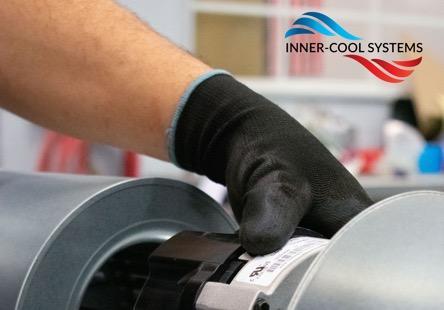
Therefore, it is important to ensure that proper maintenance is performed and Fan Coil units are replaced as needed.
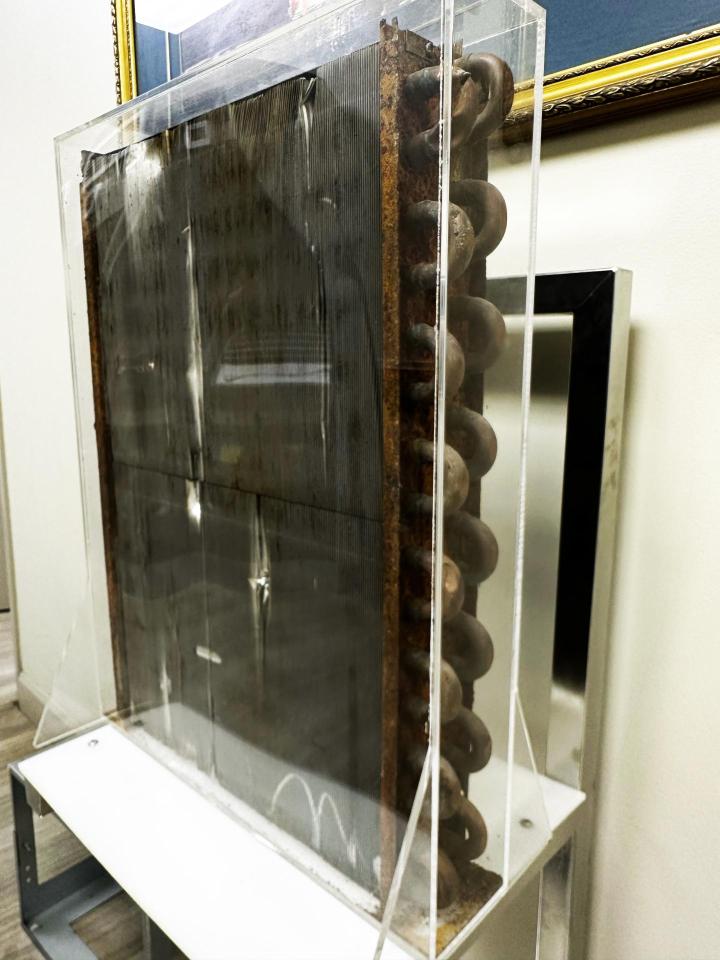
In summary, proper maintenance and timely replacement of Fan Coil units are essential to ensure that the system functions properly, reduce energy costs, improve indoor air quality, and minimize the risk of fire.
If proper maintenance is not performed or Fan Coil units are not replaced when necessary, a number of serious consequences can occur that can affect the health and safety of the people occupying the space.
Modern Fan coil systems are the result of decades of research and development and remain a key technology for controlling temperature and humidity in residential and commercial buildings.
The Manufacturing Process of Fan Coil Units.
Fan coil units are essential components in heating, ventilation, and air conditioning (HVAC) systems used in a wide range of buildings, from hotels and hospitals to offices and homes. These units are responsible for regulating temperature and indoor air quality, ensuring a comfortable and healthy environment. Here, we will delve into the manufacturing process of fan coil units for buildings.
- Design and Planning
Before manufacturing begins, a team of engineers and designers works on developing fan coil units. This involves creating designs that meet technical specifications and required quality standards. During this stage, key factors such as size, cooling or heating capacity, energy efficiency, and other crucial details are determined.
- Material Selection
The quality of the materials used in manufacturing is crucial for the durability and performance of fan coil units. Typically, corrosion-resistant materials like aluminum or stainless steel are used for the heat exchange coils and other internal components. The outer cabinet is constructed with sturdy materials to ensure the unit's integrity throughout its lifespan.
- Component Manufacturing
The manufacturing of individual components of the fan coil is a critical step. This includes the fabrication of heat exchange coils, assembly of fan motors, creation of support structures, and manufacturing control units. Each component must meet precise specifications to ensure the system's performance and efficiency.
- Assembly
Once all the individual components have been manufactured, the complete unit is assembled. This involves the joining of heat exchange coils, fans, and other internal components inside the outer cabinet. During this process, it is ensured that all electrical and piping connections are made accurately.
- Testing and Quality
Quality is paramount in fan coil unit manufacturing. Each unit undergoes rigorous performance and quality testing. This includes operational tests to ensure the unit effectively regulates temperature and humidity, as well as energy efficiency tests to ensure it operates cost-effectively. Additionally, visual inspections and leak tests are carried out to ensure there are no issues with piping connections or the cabinet.
- Packaging and Distribution
Once fan coil units have passed quality tests, they are packed and ready for distribution. These products are shipped to customers, who can be HVAC contractors or construction companies that will install them in commercial, industrial, or residential buildings.
- Installation and Maintenance
Once fan coil units are installed in a building, it's important to perform regular maintenance to ensure their proper operation over time. This includes cleaning coils, lubricating motors, and verifying all electrical connections.
In summary, the manufacturing process of fan coil units is a detailed and precise process involving design, material selection, component manufacturing, assembly, and rigorous quality testing. These units are essential for maintaining comfortable and efficient indoor environments in a wide range of buildings. Quality at every stage of the process is essential to ensure reliable performance and a long lifespan for these HVAC components.

